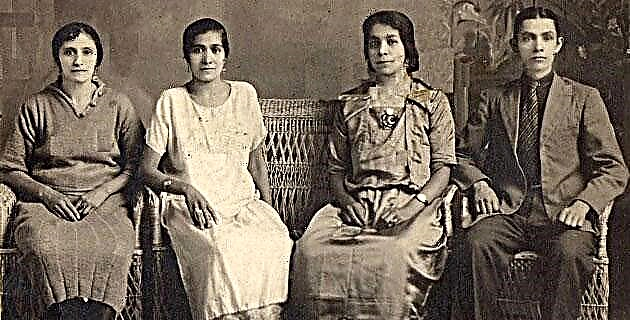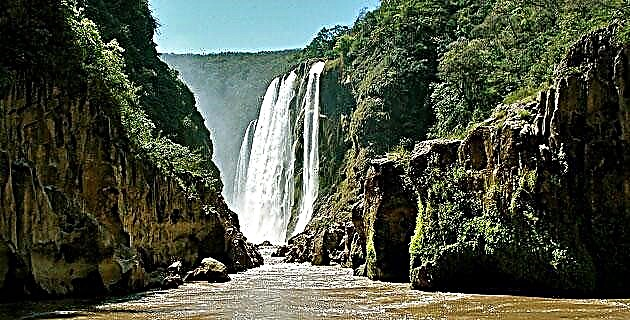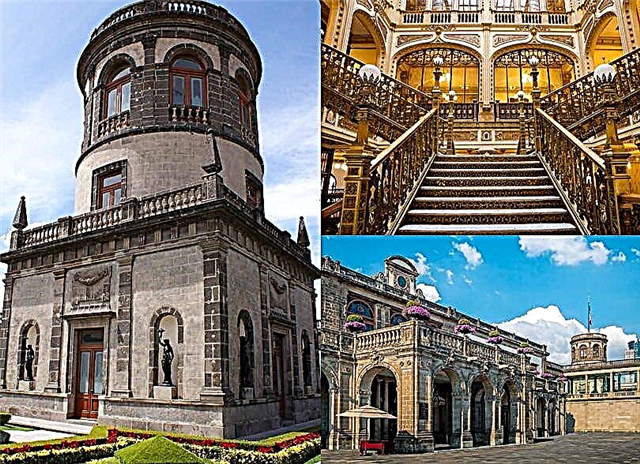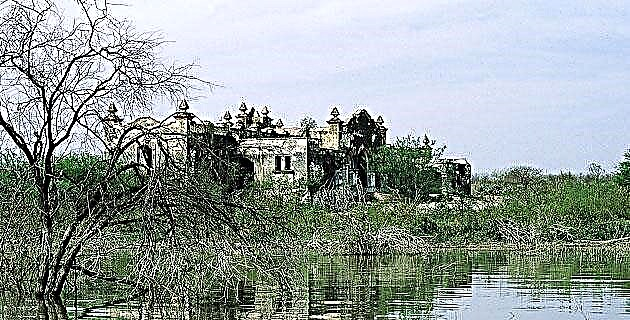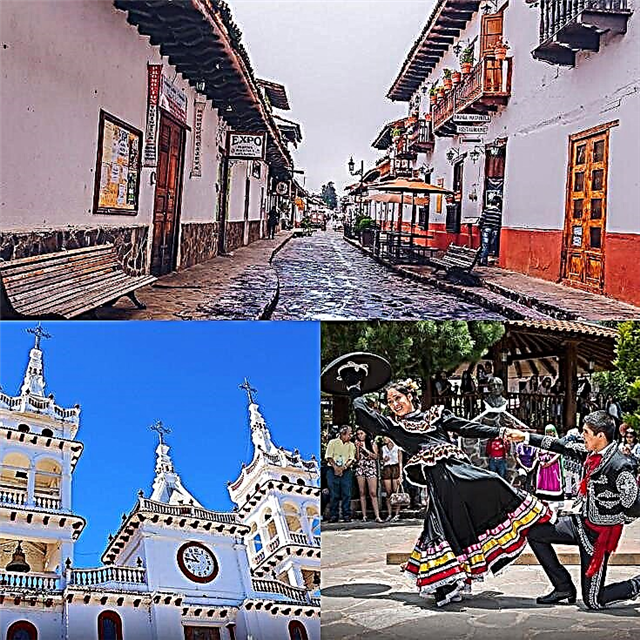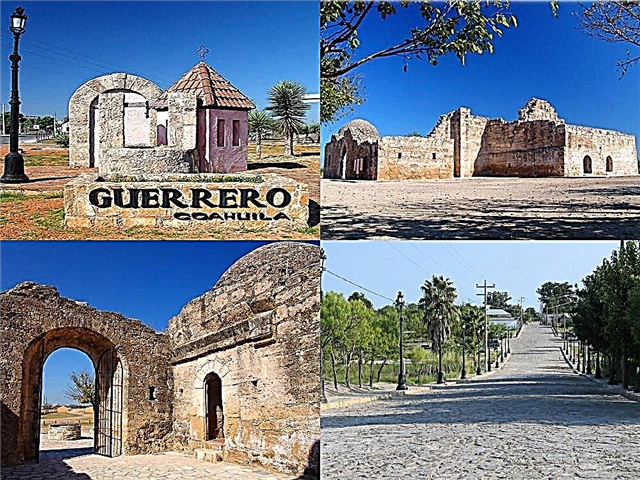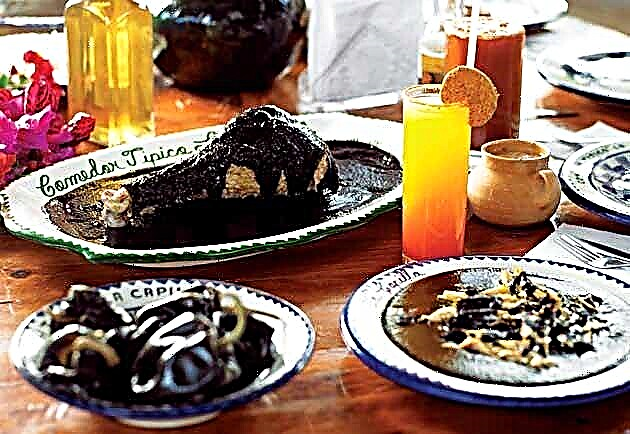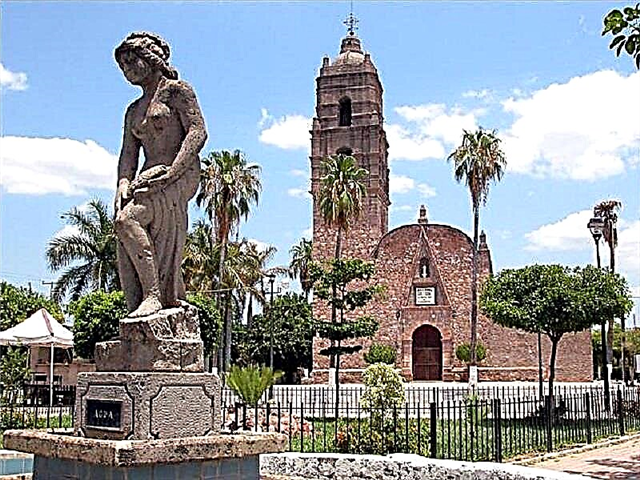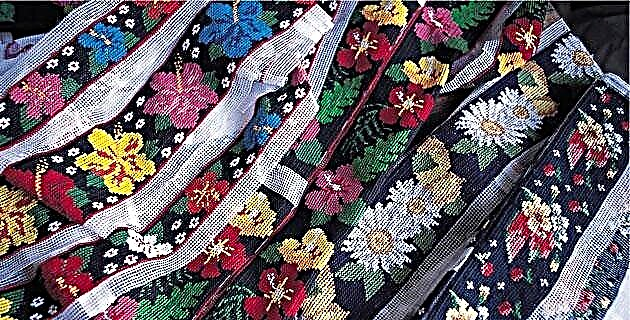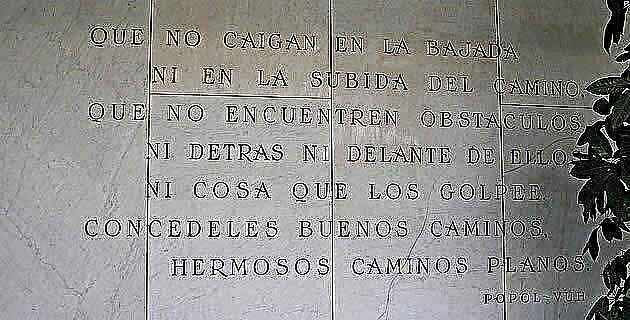
This text was the traditional book of the Indians who lived in the Quiché region of Guatemala, whose origin, like that of the inhabitants of the Yucatan Peninsula, was of course Mayan.
In addition to the original Mayan element, the traces of the Toltec race that, coming from the north of Mexico, invaded the Yucatan Peninsula under the command of Quetzalcóatl towards the 11th century of our was.
The data in the documents reveal that the Guatemalan tribes lived for a long time in the Laguna de Terminos region and that, probably not finding enough living space and the independence necessary for their activities, they abandoned it and undertook a total pilgrimage to the lands. from the interior, following the course of the great rivers that have their origin in the mountains of Guatemala: the Usumacinta and the Grijalva. In this way they reached the highlands and mountains of the interior where they established and spread, taking advantage of the country's resources and the facilities it offered them for defense against their enemies.
During their long journey, and in the early days of their settlement in the new lands, the tribes suffered great hardships described in the documents, until they discovered corn and began to practice agriculture. The result, over the years, was extremely favorable for the development of the population and culture of the different groups, among which the Quiché nation stands out.
If intellectual production marks the supreme degree of the culture of a people, the existence of a book of such great scope and literary merit as the Popol Vu is enough to assign the Quichés of Guatemala a place of honor among all the indigenous nations of the New World. .
In the Popol Vuh three parts can be distinguished. The first is a description of the creation and origin of man, who after several unsuccessful trials was made from corn, the grain that forms the basis of the diet of the natives of Mexico and Central America.
In the second part the adventures of the young demigods Hunahpú and Ixbalanqué and their parents sacrificed by evil geniuses in their shadowy kingdom of Xibalbay are related; and in the course of several interesting episodes, you get a lesson in morals, the punishment of the wicked and the humiliation of the proud. Ingenious features adorn the mythological drama that in the field of invention and artistic expression that, according to many, has no rival in pre-Columbian America.
The third part does not present the literary appeal of the second, but contains a wealth of news related to the origin of the indigenous peoples of Guatemala, their emigrations, their distribution in the territory, their wars and the predominance of the Quiché race until shortly before the Spanish conquest.
This part also describes the series of the kings who ruled the territory, their conquests and the destruction of the small towns that did not voluntarily submit to the rule of the Quiche. For the study of the ancient history of those indigenous kingdoms, the data from this part of the Popol Vuh, confirmed by other precious documents, the Title of the Lords of Totonicapán and other chronicles of the same period, are of inestimable value.
When, in 1524, the Spanish, under the command of Pedro de Alvarado, invaded by order of Cortés the territory located immediately to the south of Mexico, they found in it a large population, owner of a civilization similar to that of its northern neighbors. The Quichés and Cakchiqueles occupied the center of the country; to the west lived the Mam Indians who still inhabit the departments of Huehuetenango and San Marcos; on the southern margins of Lake Atitlán was the fierce race of the Zutujiles; and, towards the north and east, other peoples of different race and language spread. All were, however, descendants of the Mayans who, in the center of the Continent, developed a civilization in the first centuries of the Christian era.

